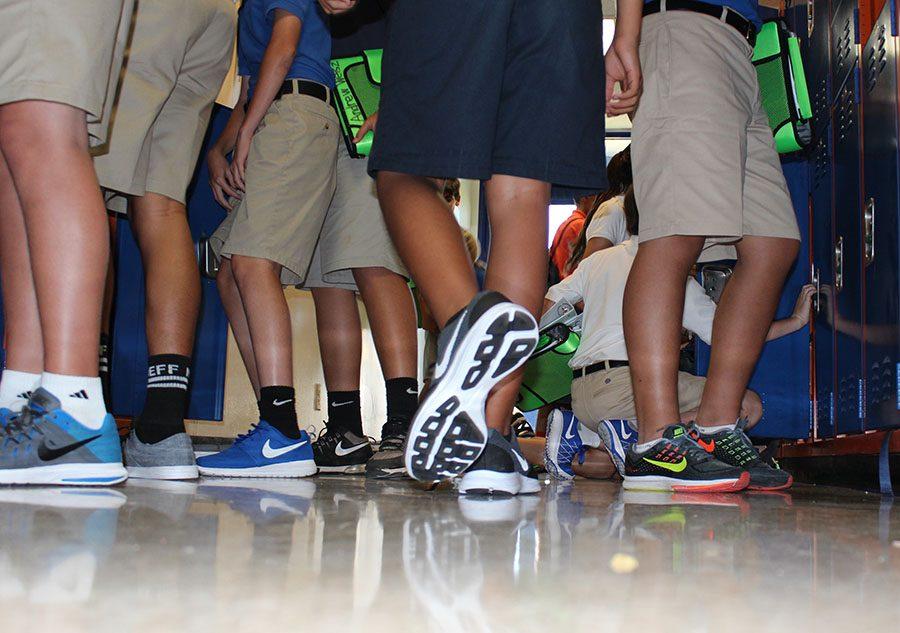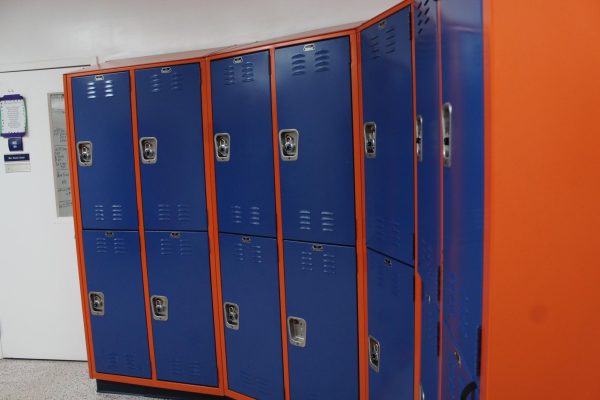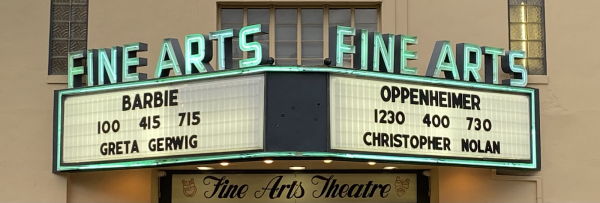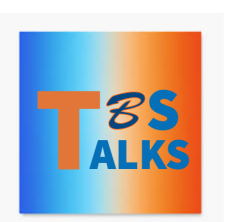No Bell By Which To Be Saved
It’s time the Middle School followed the Upper School and Lower School by instituting a bell system.
Eighth-grade students crowd the hallway in Building 14 between classes.
Have you ever gotten in trouble for being late to class? Being late to classes and RAAP is usually not a big deal, but when it happens every day, the prospect of receiving a green slip from an angry faculty advisor is very much a big deal. The administration may have tweaked the schedule this year thinking it is for the better, but there are clearly many issues that still remain. What could solve all of this? For starters, students need a more streamlined schedule and a bell system.
At the end of each class, there should be some way that the teachers know that class has ended. The Lower School and Upper School both have a bell system which helps everyone get out of class on time and not be late to their next class, break, or lunch. If there is not a bell (the School has the technology to have a bell chime in over the phone system), there should at least be a way for the teachers to know that class is over. (Maybe Mr. Cavallo could run and up and down the halls yelling “The students are coming!” a la fellow New Englander Paul Revere).
Seriously, though, the bell system would also help the students leave break and lunch on time. It’s no secret that children need nutrition throughout the day, but the schedule does not give the middle school students enough time to eat during break. The students have 10 minutes to get to their lockers (not an easy task when one is trying to wade through the bodies packing the seventh and eighth-grade hallways), frantically fumble with their locker combinations, dump their supplies from their previous class(es), get what they need for their next class(es), eat snack, and then get to their next class on time. It’s frustrating for many students because they feel rushed.
“I think break should be 15-20 minutes long because you can prepare for your next class and have enough time to eat your snack,” said seventh grader Emeline Smith. “I think that we should have a bell system so that kids aren’t late to class and so they don’t get in trouble by their teachers or get green slips,” said eighth grader Aidan Neidoff.
It doesn’t help that some teachers let the students out late. Most of the time the students get let out of class halfway through break so, by the time they get to their lockers, they are late to their next class and have not eaten anything. On a Friday 2 (club schedule week), break is only 5 minutes long. That does not even leave time to go to one’s locker and get to the next class on time. If there was some way of letting teachers know when classes were over, the students would be assured that they were given the maximum amount of time allotted for break.
In addition, the duration of the lunch period changes from day to day during the week. On Mondays and Fridays, lunch is 25 minutes long. Oddly enough, Wednesday lunches are 30 minutes long, and Tuesdays and Thursdays, which are known as block lunches, are 40 minutes. During block lunch, students can go to their teachers for help, which is very useful. Although, on Mondays, Wednesday, and Fridays, the students do not have enough time to see teachers, let alone eat.
However, Head of Middle School Mr. Charles Hagy says there’s a reason for the shorter lunches. “We used to have thirty minute lunches five days a week,” he said. “What we did is we studied how long kids actually eat. Kids eat for about 15 minutes, so what we did is we took five minutes off [of] the other lunches and we put them on the block lunches.”
Although, newly elected Student Council President Briley Crisafi has something to say about that. During the eighth grader’s speech to the student body on September 19, the day of the election, Crisafi said, “If we were able to slightly alter our school day for more time during lunch on a regular basis, many possibilities could open up. Not only would students be able to utilize the time for a study-hall, but also practice for sports, clubs, and meet for leadership groups or special rehearsals.”
Also, because there is no bell system, teachers sometimes release students late to lunch just as they do during break. One of the schedule modifications this year, however, involves RAAP (Reading Advisory Advocacy Program – a 20-minute period at the end of each school day that allows students to read any book they want for pleasure). Instead of holding RAAP in the student’s’ last class of the day as was done the past few years, all students now return to their advisory to read at the end of the day. In addition, pack-up, the five minutes allotted to students to gather their bags and books so they can take them home, is now sandwiched between the last period of the day and RAAP. Prior to this year, because RAAP took place in the student’s’ last-period classes, pack up was right before the last period of the day. The new system has confused teachers and many of them are letting students out of their last-period classes at 3:00 p.m. instead of 2:55 p.m. (pack-up time), meaning that students are getting to RAAP late. Again, a bell system would allow students to get to RAAP on time and enjoy their books for the full 20 minutes provided.
Granted, in years past RAAP was difficult because the students and teachers were rarely with the same group of people, and it was hard to have book talks for the same reason. “What we decided to do was to give up the quantity of time and focus on quality,” said Hagy, referencing that holding RAAP within advisory at the end of each day provides consistency and comfortability for both students and faculty.
So the administration may have slightly adjusted the schedule this year, but it seems that there are some aspects of the schedule changes that need to be addressed, namely the length of break and lunch. Also, because of the brief time given to students during those periods, and with the modification of pack-up, the Middle School needs a bell system. This is not a suggestion, but a requirement, a necessity, an essential imperative. With a bell system, many of the scheduling issues could be resolved, and it’s something about which every student needs to, well…chime in.












